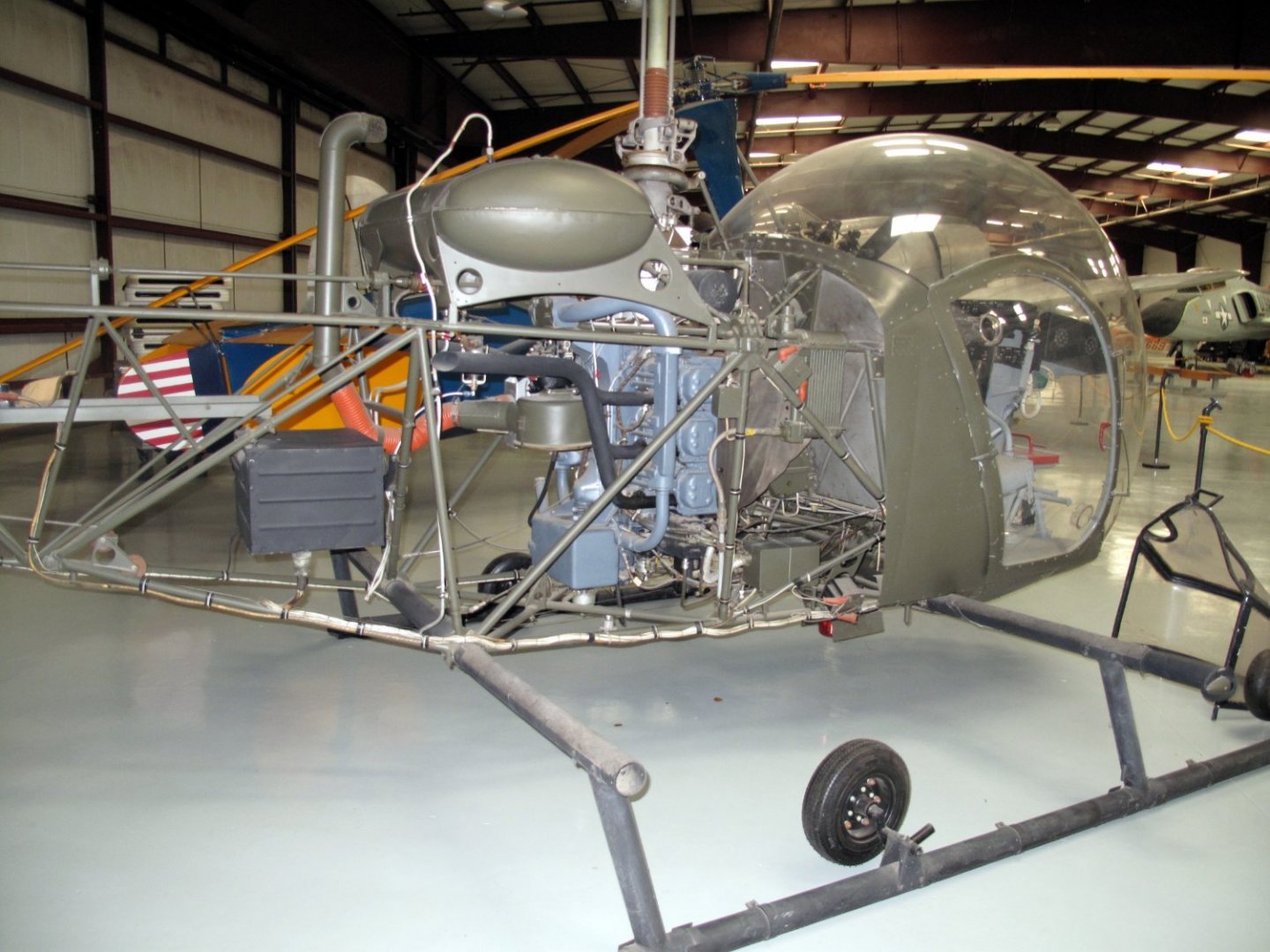-
Posts
4,377 -
Joined
-
Last visited
Content Type
Profiles
Forums
Gallery
Events
Everything posted by Egilman
-
Aircraft interiors, H-13 interiors, except for a few specialized birds, the aircraft interiors were Aircraft Grey, with Olive Drab seat cushions... Instrument columns were the same with black faced dials and radios... With these two birds we are dealing with essentially the same column... Some differences in electronics fit due to the date in service but still essentially the same thing... H-13D/E column... H-13G/H Column... A lot of times the radios mounted in the later versions wee painted black, which was pretty standard for a training bird... even though in this one the radios are grey... Although I just might make this image my exemplar, it fits what is in the kit well and has the right colors in the right places.... And here is a "D" model that has been upgraded to the G/H avionics standard.... Note the bigger black radio outfit on top of the instrument column... This is the outfit the Revell kit carries... still debating on grey or black electronics on the training bird...
-
Ok the kits Lycoming O-435 basically finished except for touch ups.... I added a bit more chrome to the rocker covers so they shine a bit more... Why they put chrome on a military bird I haven't a clue... But it's there... It does have a belt and pully to drive the fan, but the upper engine mount has to go on first so it will come when it's time to mount the engine... 12 of 13 parts total..... Next step is the instrument columns... Onwards My friends...
-
Lycoming O-435, The Model engine... The first seven pieces, lots of painting... That is chrome on the rocker covers, no good way to get a shot of it though... (but you can see a hint of the green reflection from the build mat) Next up the intake & exhaust systems, all of five parts... Few parts, all painting on this one... Onwards...
-
Hi Yan, Thanks for the interest.. (and the reminder) It's going to take a bit of time to drag everything out and go over it... I haven't forgotten this one... I'm currently doing my H-13 dual build and will be open to restarting another when that is done... At that point I will list the what's and where's I have made to bring this into line with the real deal... It kinda got side tracked in shipping limbo and that was before they shut down the shipping due to covid..... Shipping is probably a lot worse now.... (Austria is still blocked for shipping to the US from most locations there) There's a good chance I will pick this one back up when done with the H-13's, Bluejay Four is a complete restart so that can wait... It's been sitting for almost a year and a half now.... Time to get her on the road....
-
It's not a bad kit Brother, lots of parts... the Revell kit has fewer parts but the detail scribing is much better... Currently I'm working out the colors... It seems like they were painted all different colors depending on where they were manufactured... In the top pic above a German museum machine, the engine is all grey, in the lower pic an Italian machine the engine is black, the US machines I have detail pics that show an olive drab engine with bare steel cylinders, steel exhausts, chromed intakes and rocker covers and black accessories... An operating in service machine... Still working out how I wish to paint it... Model Lycoming engine... Block and cylinders on the left, oil, coolant pumps and starter on the right... 4 parts so far... {chuckle} Break out the old painting skills...
-
And Happy New Years to you too Brother... I never let it go, just had the world falling in on me for a while... Have decided that I need to take some time for myself if I don't I will get lost in everyone else's world... This is a good respite... Doing something useful for a change... Going slow, plugging away, enjoying a leisurely stroll down the creation path... A relaxing journey.... Lets take a walk.... {smile}
-
For grip, the mass is insufficient to store any heat whatsoever so in a very hot environment they would radiate heat quickly... Compressed air picks up heat when it is compressed as does most compressed gases... Allowed to normalize temp in the surrounding environment, its very temperature stable.... although a quick de-pressurization would condense any water in the air.... Pressure drops gasses get colder... Pressure rises, gasses get warmer...
-
Ah, Well, time to get back in the saddle so to speak... First step in the assembly of the H-13D is the Franklin engine..... (going to be building these simultaneously, so the H-13H Lycoming engine will be next) Franklin O-355-5... Left Side Rear.... Basic engine circa 1950 bluish grey in color, vertical draft carb with carb preheat, and positive pressure balanced intake system.. Integral oil system that is actually part of the engine... Right Side Rear... Exhausts were usually left bare steel, being just a simple header pipe, but when replaced they were usually painted high-temp black... Both of these birds are museum machines, so although they do try to maintain their in-service appearance, one is outside and one is inside which give a noticeable difference in appearance.... Kit Engine.. Ready for initial painting.... More in a bit...
-
Chris to the rescue! {chuckle} Yep my first idea reading the title led along the Saturn V path...., (although the Stephenson "Rocket" was the Saturn V of it's day) Can't wait to see some pics, is there a way to email pics to someone for posting Paul until you get your PC up and running? More than happy to post them for you...
-

HO trains and layouts by popeye the sailor
Egilman replied to popeye the sailor's topic in Non-ship/categorised builds
They are both in the same class of engines and biggest is a matter of opinion I guess... Also what type is a matter of some discussion as well, Mallet (french pronounced Malley) or Not? Mallet engines were both articulated and compound steam... articulated means the two traction engines were jointed in the middle to allow them to negotiate the tighter mountain turns easier.. Compound mean that they were two stage steam engines, the rear engine cylinders operated on high pressure steam and the forward engine cylinders operated on the lower pressure steam discharge from the rear cylinders (in a ship this type of engine would be known as a double expansion engine) The Big Boys and Yellowstones (the first yellowstone was built as a Mallet, double expansion engine, the rest were built as simple single expansion engines cause they produced more tractive power) There is some discussion out there in the RR world if they should be categorized as Mallets since they use simple single expansion engines.... Technically they are not Mallets cause of the engines used, to those that believe they are not, they are called "Articulated Engines" The argument runs to being a true Mallet they have to have both characteristics of the Mallet Design... But what it is an example of, ANY innovation in traction steam engines was rapidly taken and applied and tested by most of the railroads, reverse engineering was common, and the examples of engineering design are too numerous to count with many many designs considered failures... The Yellowstones (70 built for four different railroads) and Big Boys (30 built primarily for the UP) were specialized engines considered successful for the purpose they were built, and very adaptable to a number of other uses during their life.... Classic pieces of the American engineering record.... I doubt we will ever see a Yellowstone running again, but the restored UP Big Boy definitely serves to remind us of what once was.... -

HO trains and layouts by popeye the sailor
Egilman replied to popeye the sailor's topic in Non-ship/categorised builds
They were impressive... The consist for the test run comprises 4014 and it's tender, a fuel tank of #5 diesel, (4014 was converted to run on oil) two tool cars and a modern Diesel engine (UP 8937) with it's dynamic brakes set to simulate a load... Here's another longer video of her leaving on her first run in 60+ years.... -

HO trains and layouts by popeye the sailor
Egilman replied to popeye the sailor's topic in Non-ship/categorised builds
A note of history about the UP "Big Boys", a German spy in 1941 managed to get a dozen photos back to Germany.. They were shown to Adolf as an example of what the industrial capacity of the USA was, he reportedly said that NO ONE could build a locomotive that large, that it was a lie, and the spy should be recalled as soon as possible to be punished for creating such a fabrication... {chuckle} They are a sight to behold.... The reason they were built was that the 4-8-4 moguls needed three engines coupled to haul one train, using five times the fuel. they made great economic sense for the time... they could move twice the tonnage using half the fuel... An amazing example of steam engineering... -
Ok, the framing is off a bit compared to the skin... I see that.. how does one determine where to cut the framing to shift it to match the skin which I assume was checked for accuracy beforehand... Then what I didn't see is how you reconnected the center frame/wheelwell to the wingtip frame shifted a bit... I'm not seeing it... I guess I'm blind...
-
Ok, the file that plays in Drop Box is time limited by Drop Box... It is NOT the edited file.... The Edited file Richard pointed out MUST be downloaded... It requires a full featured video player to play it... The Standard that all Video players are compared against is VLC... You get VLC from Videolan.org and it is open source and runs on all known platforms... Download, install and play... Seldom will you need to download anything else to play most video files and VLC can play them all... IT is FREE, they ask for a $5.00 donation but It isn't needed and they don't force you to choose not to... The best video player available bar none... Thank you Richard for taking the time to do this AND edit the file to make it more internet and computer friendly... I've done video editing for decades, there is a lot more to it than just recording it... EG
About us
Modelshipworld - Advancing Ship Modeling through Research
SSL Secured
Your security is important for us so this Website is SSL-Secured
NRG Mailing Address
Nautical Research Guild
237 South Lincoln Street
Westmont IL, 60559-1917
Model Ship World ® and the MSW logo are Registered Trademarks, and belong to the Nautical Research Guild (United States Patent and Trademark Office: No. 6,929,264 & No. 6,929,274, registered Dec. 20, 2022)
Helpful Links
About the NRG
If you enjoy building ship models that are historically accurate as well as beautiful, then The Nautical Research Guild (NRG) is just right for you.
The Guild is a non-profit educational organization whose mission is to “Advance Ship Modeling Through Research”. We provide support to our members in their efforts to raise the quality of their model ships.
The Nautical Research Guild has published our world-renowned quarterly magazine, The Nautical Research Journal, since 1955. The pages of the Journal are full of articles by accomplished ship modelers who show you how they create those exquisite details on their models, and by maritime historians who show you the correct details to build. The Journal is available in both print and digital editions. Go to the NRG web site (www.thenrg.org) to download a complimentary digital copy of the Journal. The NRG also publishes plan sets, books and compilations of back issues of the Journal and the former Ships in Scale and Model Ship Builder magazines.

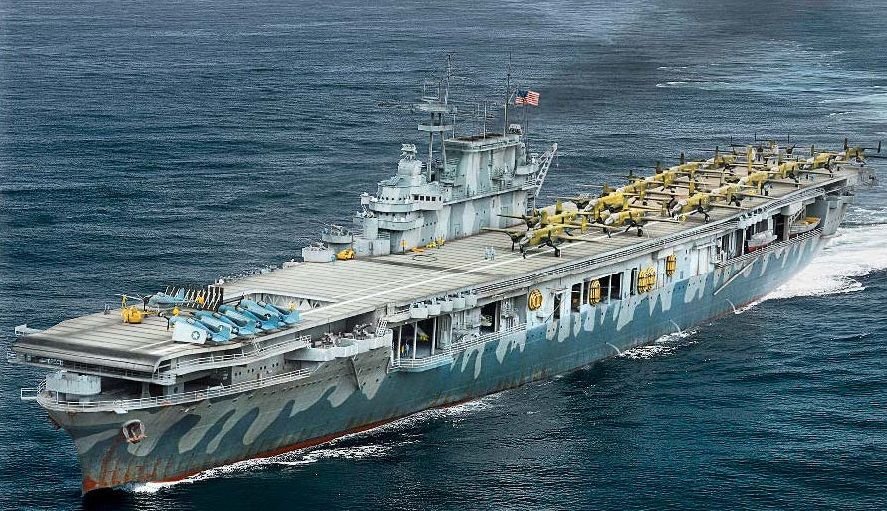
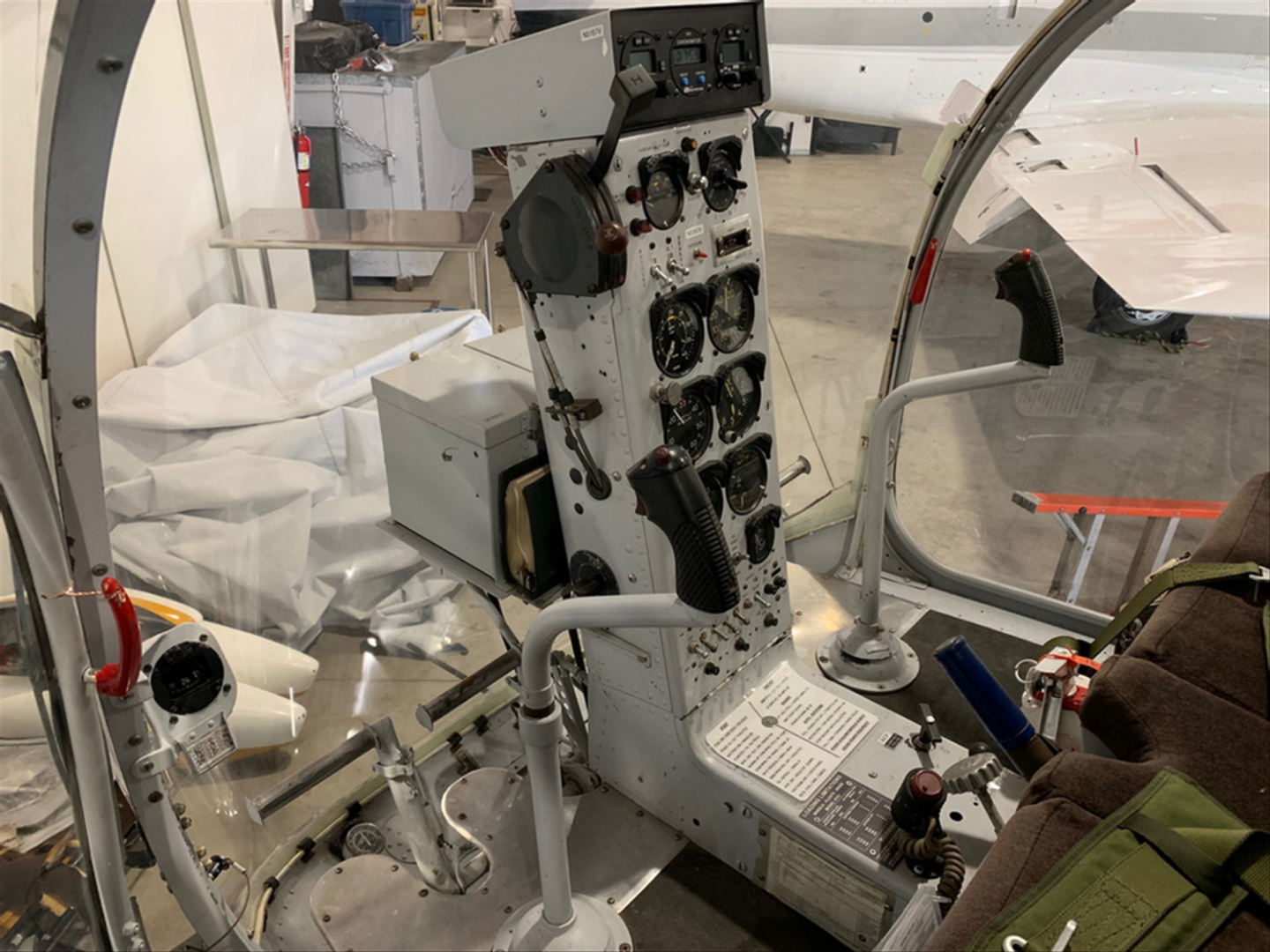
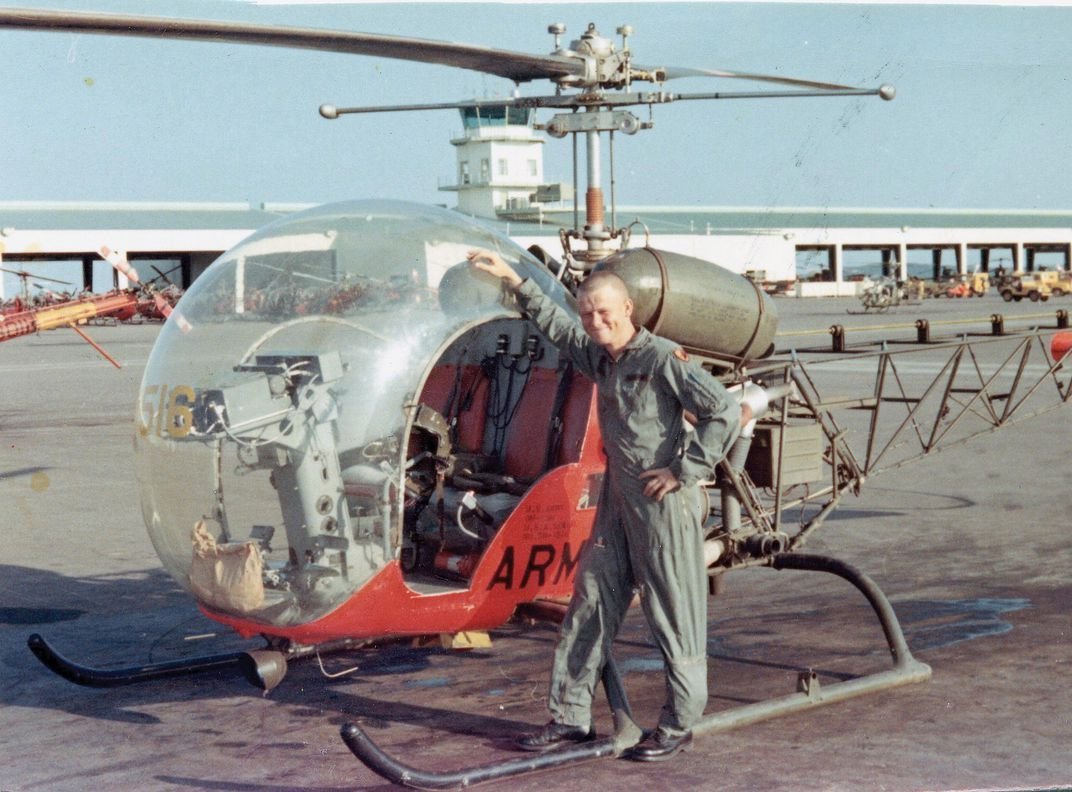
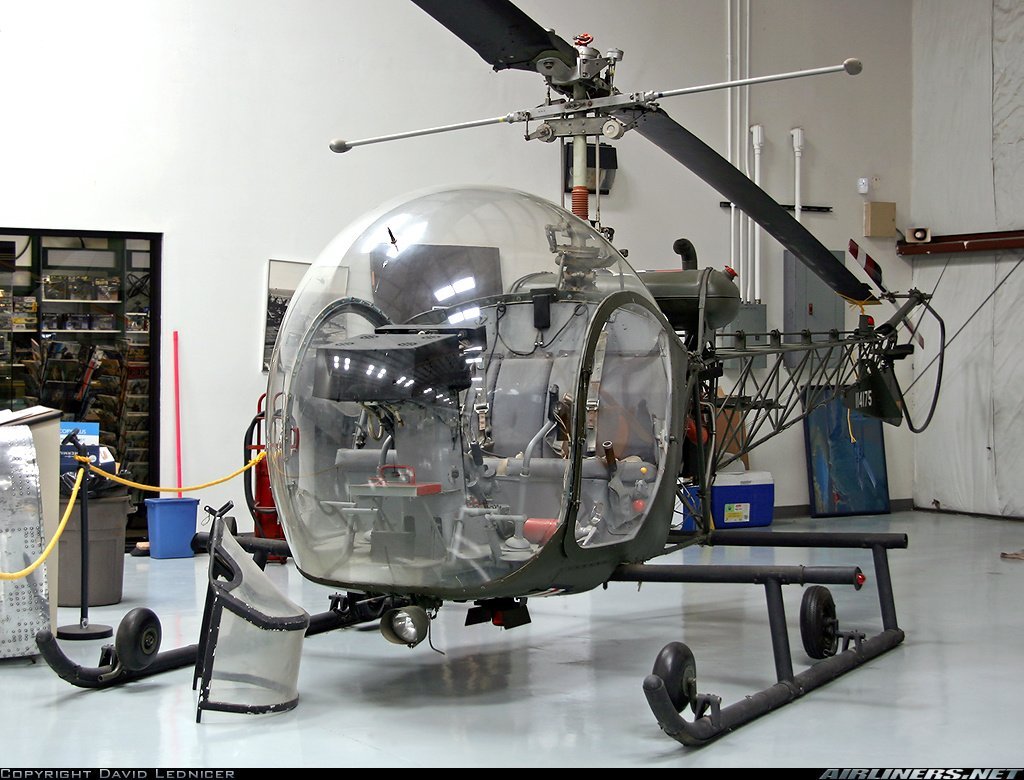


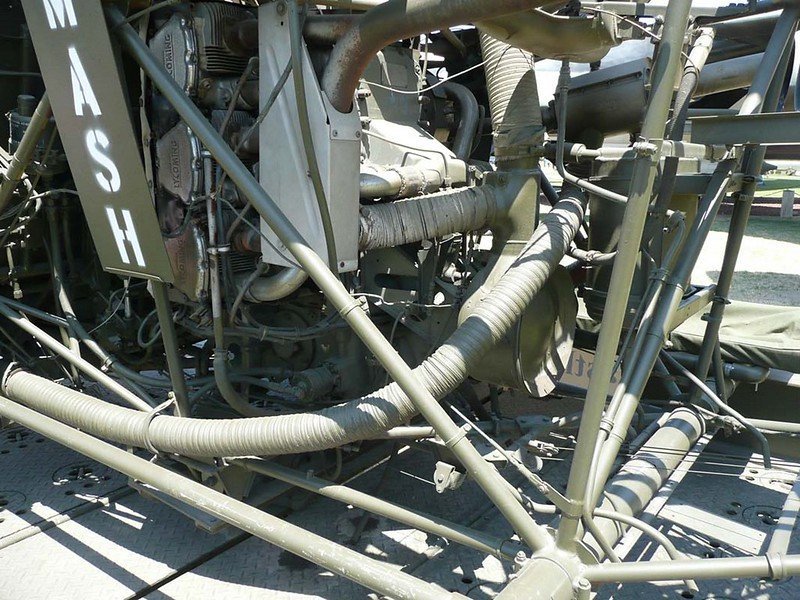
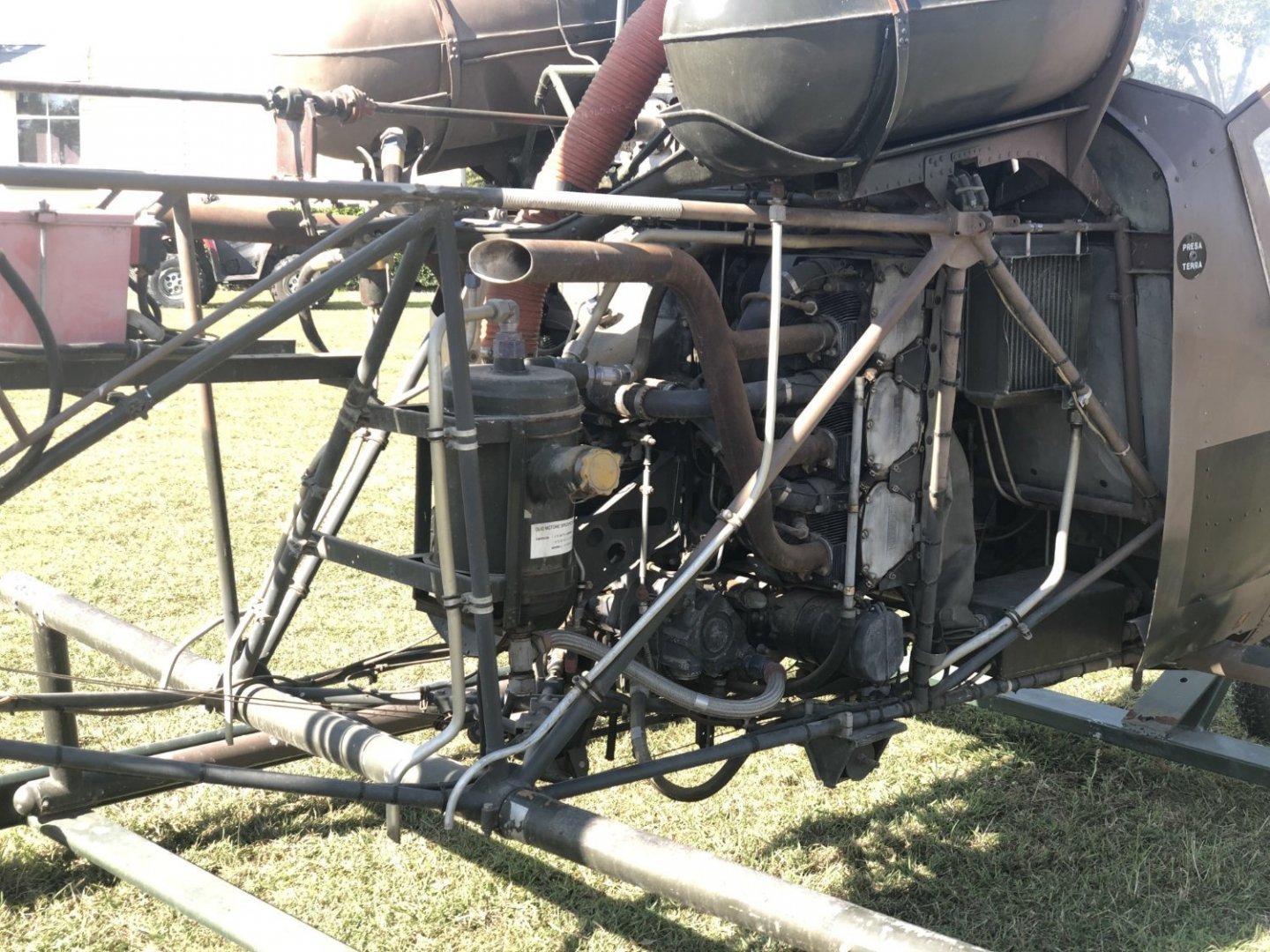
.thumb.jpg.f424011863faf69a4cf2cd87c6f10998.jpg)
